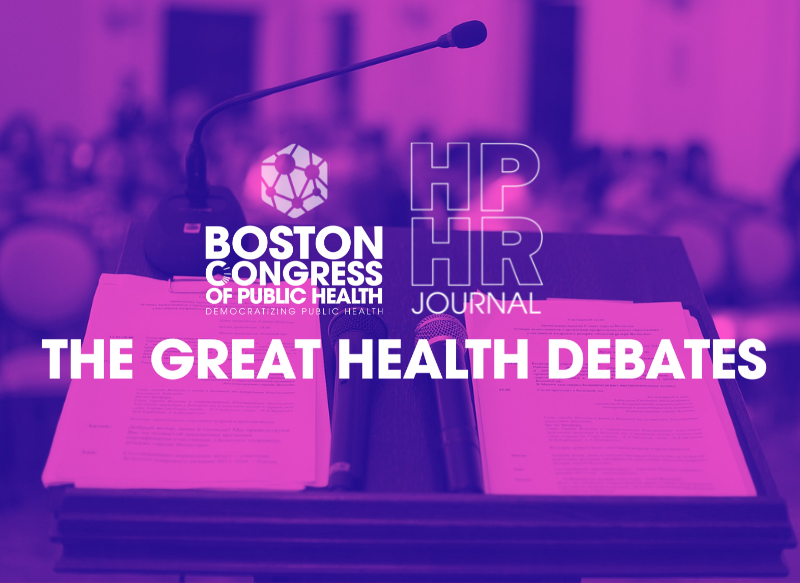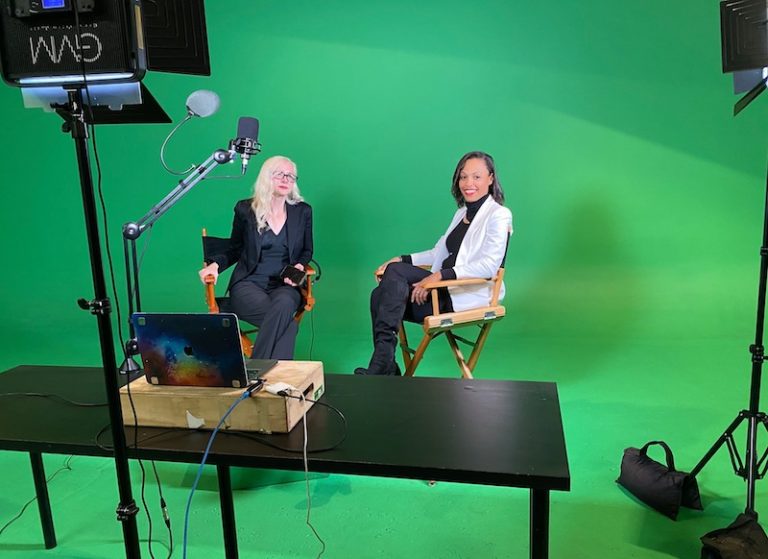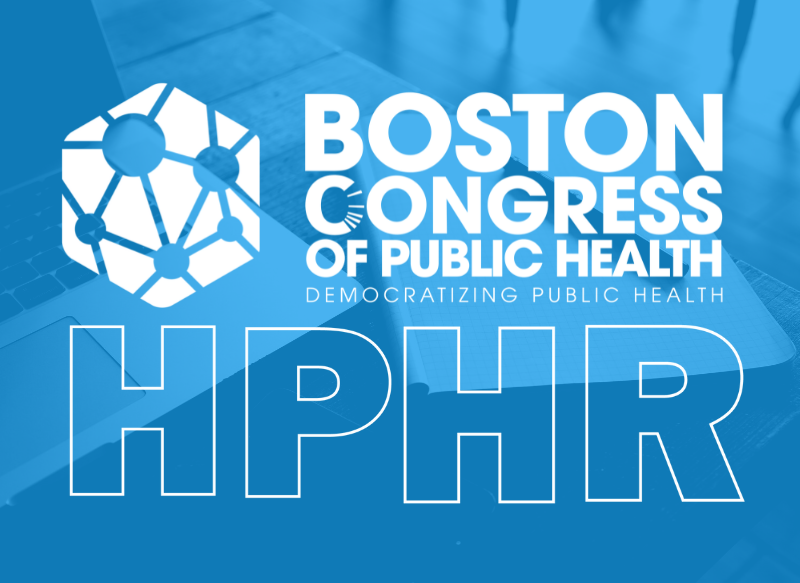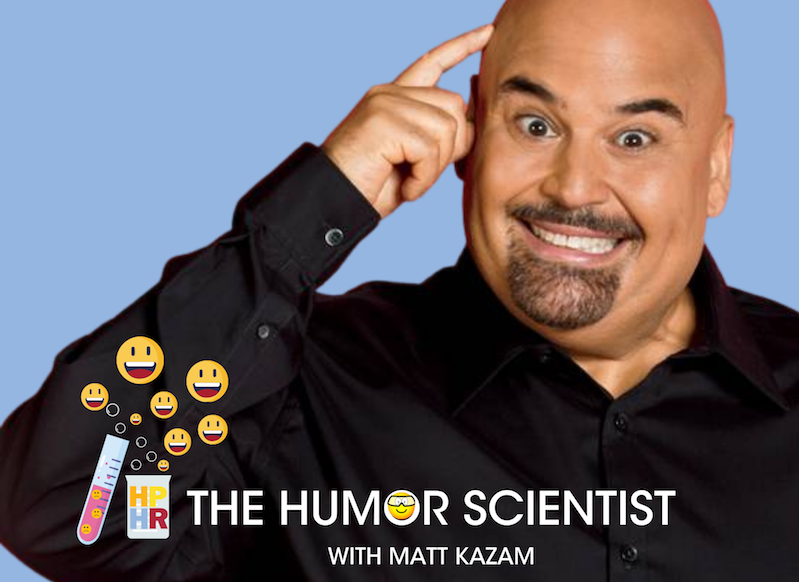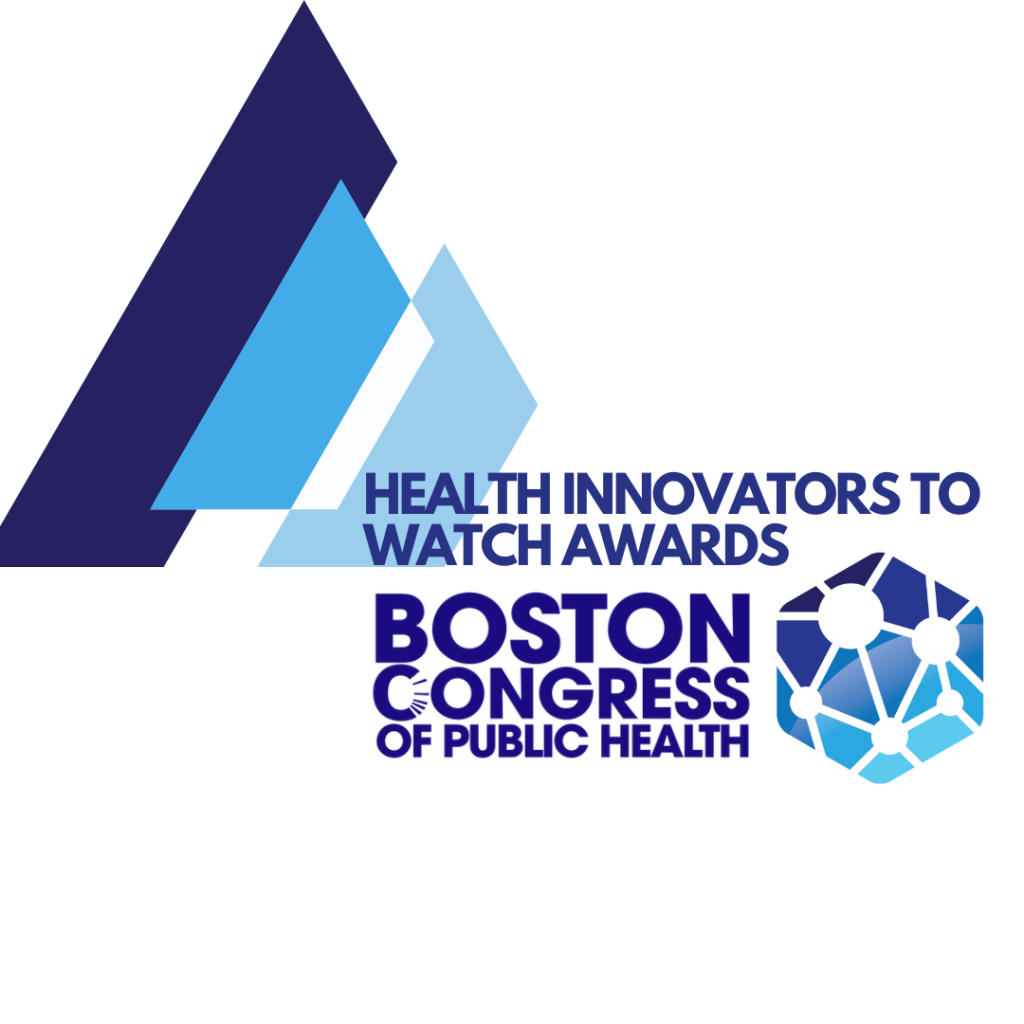
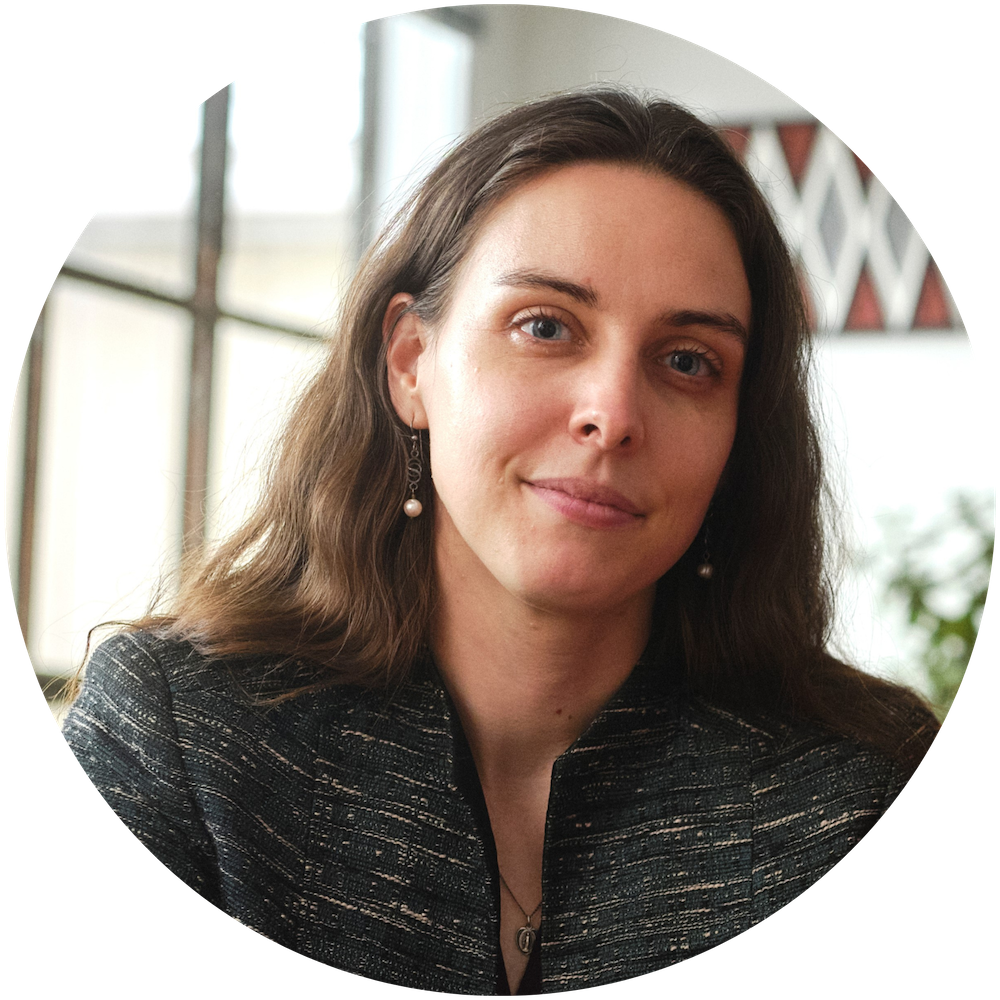
Gillian Henker, Co-Founder & President, is a two-time founder with a proven track record of execution. Gillian is the primary inventor of Hemafuse, in addition to two other medical technologies. She led the development of Hemafuse, global regulatory clearances (including FDA), and launch in five countries across Africa, Asia, & Europe. She has been published in the International Journal of Gynecology and Obstetrics, has presented at the Midwest Biomedical Engineering Career Conference and Appropriate Healthcare Technologies for Developing Countries Seminar in London, and was named Baltimore Technologist of the Year.
At Sisu Global Health, we set our vision for a world where medical technology enables access to healthcare in every community. Starting in 2010 at Komfo Anokye Teaching Hospital (KATH), I set out to create medical devices that would fit the unmet needs of those in resource-limited settings. These devices are intended to be simple in nature and impactful in design while being a lifesaving intervention for patients, as well as, directly influencing the entire healthcare ecosystem.
Personal Statement
I joined with others to found Sisu Global Health in 2014 and began developing our first flagship device, Hemafuse. Hemafuse was conceived in response to the lack of donor blood in many hospitals around the world. I, like many others, was asked by a nurse about my blood type for a maternal patient who needed blood urgently due to hemorrhage. My blood type didn’t match, therefore I was unable to donate.
Hemafuse is an autotransfusion device that allows a patient’s own blood to be collected, filtered, and re-transfused immediately back to them in surgery–removing donor blood challenges, such as matching blood types and lab testing for disease transfer, from the process. I observed an autotransfusion technique in Ghana called the “scoop and sieve method,” which had clinicians saying “We need a better way.” These moments are what inspired our team to take Hemafuse from a notebook sketch in an academic setting to founding Sisu and commercializing devices similar to Hemafuse. Hemafuse is now used in operating theaters across five countries.
As an inventor and primary developer of Hemafuse, I produced countless 3-D printed designs of Hemafuse to garner feedback from not only scrub nurses and surgeons but anesthesia, biomedical engineers, and sterilization staff. Administrators and lab staff also needed to be consulted in order to properly trade and understand how to fully integrate this new device into the hospital system. The use of Hemafuse is easily understood due to its design. Hemafuse is a giant syringe that suctions a patient’s blood, filters it, then pushes it to a blood bag that can be hung for immediate re-transfusion. However, the device design isn’t the only part of the implementation; our team has established a training program to introduce all stakeholders to Hemafuse as the design can only go so far.
As a founder, I don’t consider myself only an inventor of Hemafuse. At Sisu, I am pursuing a paradigm shift in how medical devices are conceived from the needs of individual patients as well as the healthcare system. Blood is a critical resource across all aspects of healthcare treatment, and the supply, of which has societal challenges layered with logistical and biological. I’ve witnessed many cases of patients needing blood when it isn’t available and the dire consequences as a result. Hemafuse is Sisu’s first medical device because it can save a patient’s life by providing immediate access to blood in surgery while conserving limited donor blood for other patient cases outside of the operating theater. I believe it is essential to build medical devices that strengthen our overall systems of healthcare while delivering the highest level of care to each patient. We’re always seeking to join other communities that share the same pursuit.
Honorees selected for the Health Innovators to Watch Awards come from across the globe, representing health and healthcare innovation in traditional public health fields, research, academia, architecture, and more. In addition, innovators are intentionally diverse in backgrounds, from public health founders and co-founders, inventors, national and international leaders, directors, researchers, academicians, and curriculum developers


